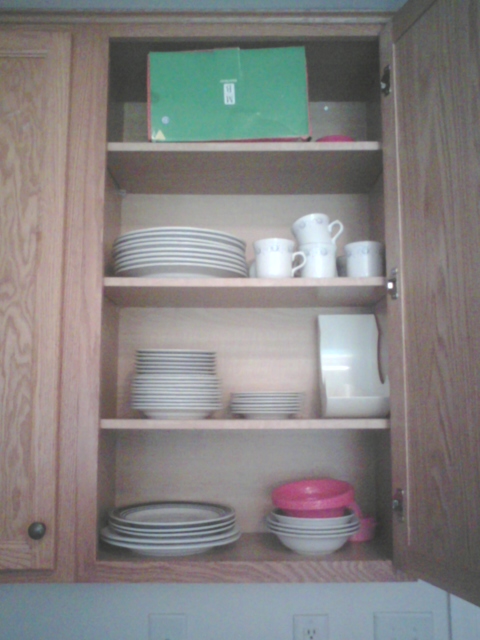Question
Is anyone using a powerfeeder on a tablesaw? Thinking of setting one up for ripping face frame material. Do you get a straighter or smoother cut than without one? What size feeder do you recommend? Any advice appreciated.
Forum Responses
(Cabinetmaking Forum)
From contributor C:
I run a one hp on my SCMI. Only drawback is the limited rip width with it on. Other than this, after long runs, your fingers never seem to get closer and closer to the blade. Not as much burn from stalling, but it takes two people to keep up with it. Always a good idea for a cheap roller to be near the blade, and not fingers. I bought a Bridgewood feeder, 1 hp three phase, a little over 600.00 plus shipping, worth all of that.
I'm just waiting until I can afford a second smaller unit for the tablesaw. Maybe something in the 1/2 hp range, a little closer to a hundred lbs. would be nice.
One last thing I don't think was mentioned… When you use a powerfeed on your tablesaw, it is advisable to use a support for your fence. A powerfeed can put an awful lot of force against the fence. A simple piece of ply with a birdsmouth cut into the end, clamped to the top, works well.
1. I use an over-table mounting bracket that is bolted to the floor and made of 4"x4"x1/4" steel tubing. This is set high enough so that the fence still has full travel (Delta unifence 52") and will pass under the bolts that hold the foot of the feeder to the bracket. I also cut cabinet parts with it before I got my slider and CNC. With this setup the feeder is simply raised up enough to clear any hand fed work and swung out of the way. I'm sure someone else has done this, but I have never seen it except in shops where I recommended that they do it.
2. Keep the table slick!
3. Set up a 10" wide piece of ply with a laminate edge that will clamp to your regular fence. Using this, you will be able to cut most anything safely because you will be cutting near the feeder wheels. The wheels are almost always on the left side of the feeder and the right side of the blade. You can even use a splitter if you so chose and it won't interfere.
4. Set up an over-table dust port that will cover the blade and keep dust off your rollers and out of your lungs. This can be a separate unit or can be fastened to the side of the feeder.
5. If you work by yourself, make a catch table about 2' wide x 8' long that is ht adj on each end. This can be placed so that the rips are pushed off of the saw and will self-load onto catch-table, the one being cut pushing the last one onto it. You can cut 10-15 pieces without going around the table.
6. If you have one of those suicide molding heads for a ts, you can actually use it with great results. This will sometimes require a vertical rather than horizontal setup.
7. One of the coolest things, as mentioned, is accuracy of difficult cuts. When I did face-frame construction, we did all dadoes on the saw, including the plywood carcass parts. You can run these backward to achieve an upcut and very clean edges.
8. If you dado your stiles for face frames, you can set up your sawblade and your dado simultaneously so that you make both cuts at the same time.
9. Use dedicated blades for ripping, plywood, etc.
10. A 1 hp with 3 wheels is all you need.
11. Toe-in usually is only about 1/4" with the proper pressure on the work. I've never had a problem with the Unifence flexing. Too much toe-in just wears out the rollers.
12. Set the feeder in such a position that should it ever drift back, it will travel away
from the blade. That is, the mounting post generally should be on the outfeed side of the blade. Don't ask how I know this.
13. A little more elaborate setup will allow you to straight-line stock of virtually any length.
14. Gee, after writing this, I'm wondering why I'm doing frameless and why I bought that slider and CNC?
